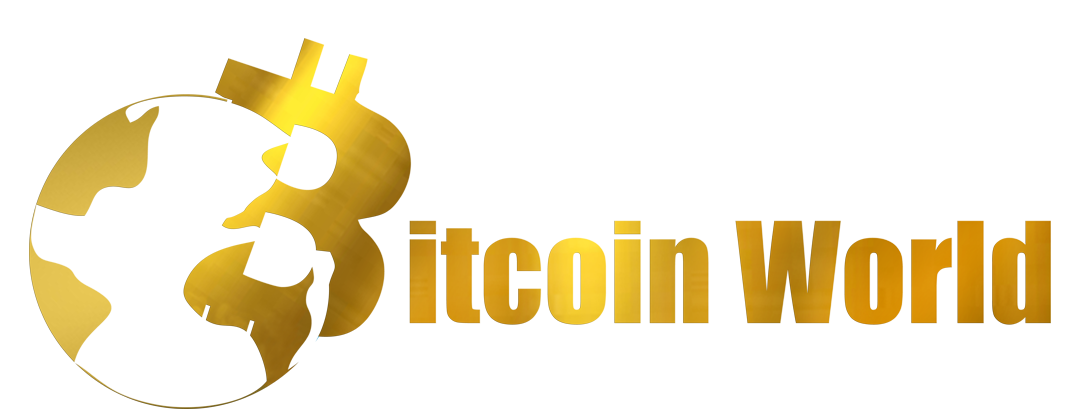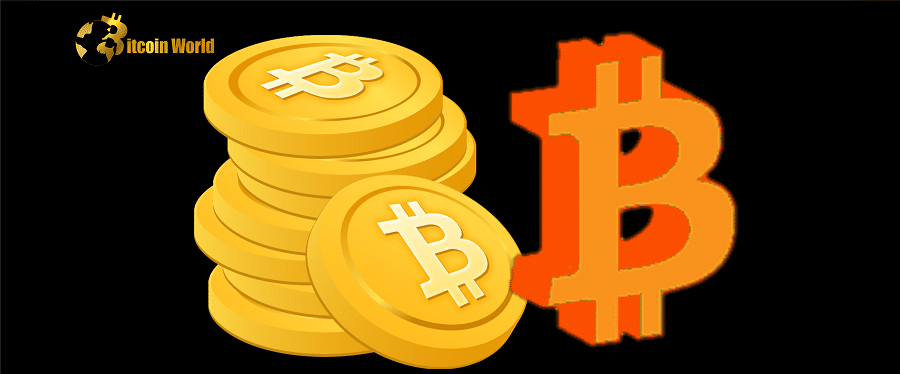The nascent world of Bitcoin Ordinals, a system allowing for NFT-like inscriptions directly on the Bitcoin blockchain, has already encountered its first major content moderation challenge. Just days after its launch, the Ordinals website briefly displayed a highly offensive image, sparking debates about blockchain immutability, censorship, and the future of content on decentralized platforms. Let’s dive into what happened, the reactions, and what it means for the evolving landscape of Bitcoin and digital collectibles.
What Exactly Happened on the Ordinals Website?
On February 2nd, at 12:15 AM UTC, a notorious and shocking image known as “goatse” was inscribed onto the Bitcoin blockchain using the Ordinals protocol. This image, infamous for its disturbing nature, made its way onto inscription number 668. For about 30 minutes, this image was prominently displayed on the homepage of the official Ordinals website, much to the surprise and discomfort of visitors.
While swiftly removed from the Ordinals website’s front page by creator Casey Rodarmor, the image itself remains permanently etched onto the Bitcoin blockchain. This incident highlights a core characteristic of blockchain technology – immutability – and raises critical questions about content moderation in decentralized systems.
The Creator’s Response: A Quick Fix, But No Easy Solution
Casey Rodarmor, the mind behind Ordinals, acted quickly to address the situation. He acknowledged the incident and confirmed that the image was removed from the website’s display. However, he also emphasized the inherent challenge in completely preventing such occurrences due to the very nature of the Ordinals protocol and blockchain technology itself.
Rodarmor explained that while he could remove the image from *his* website, the inscription remains on the blockchain, accessible to anyone running their own Ordinals node. This distinction is crucial and underlines the decentralized nature of the system.
To manage content visibility on the Ordinals website, Rodarmor implemented a temporary solution using a configuration file. This file allows for the hiding of specific inscriptions from being displayed on the site. He stated:
“The inscription is still on the chain, and if you run your copy of Ordinal — which everybody is free to do — it will not have that config file, and you will see the gaping butthole if that is what you so desire.”
This quote underscores the point: censorship on a blockchain is fundamentally different from censorship on centralized platforms. While a website owner can control what’s displayed on their site, they cannot alter or remove content from the underlying blockchain.
Why is This “Goatse” Image a Big Deal?
The “goatse” image is deliberately shocking and offensive. Its appearance on the Ordinals website wasn’t just a minor glitch; it immediately brought to the forefront several critical issues:
- Immutability in Action (and its downsides?): This incident served as a stark reminder of blockchain’s immutability. Once data is inscribed, it’s there permanently. While often touted as a benefit for security and data integrity, it also means problematic content can be forever preserved.
- Content Moderation Challenges: Decentralized systems like Bitcoin, by design, resist censorship. This event forces a discussion on how, or even if, content moderation can be applied to blockchain-based platforms without undermining their core principles.
- Public Perception of Ordinals and Bitcoin: For those unfamiliar with the nuances of blockchain technology, such incidents can negatively impact the perception of Bitcoin and related innovations like Ordinals. Concerns about the potential for misuse and the storage of harmful content can arise.
- The Debate on Censorship Resistance: The crypto community is divided on the issue of censorship. Some champion absolute censorship resistance as a fundamental right, while others acknowledge the need for some level of content moderation to prevent the spread of illegal or harmful material. This incident reignites this ongoing debate.
Rodarmor’s Stance: Openness with Practical Limits
Rodarmor’s approach appears to be leaning towards a “quite open content policy.” He acknowledges that people will likely inscribe various types of content, including pornography, onto the Bitcoin blockchain. However, he also recognizes the need to manage the user experience, particularly on the main Ordinals website.
His current solution of using a configuration file to hide specific inscriptions is a pragmatic, albeit temporary, measure. He is considering more permanent solutions, such as creating separate sections on the website for different content types, potentially segregating more sensitive or explicit material from the homepage. This suggests a desire to balance openness with a degree of user experience control.
The Cost Factor: A Natural Barrier (For Now)
Interestingly, Rodarmor points out that the cost of inscribing data onto the Bitcoin blockchain acts as a natural deterrent to widespread trolling. Inscribing a satoshi can cost significantly more than a standard Bitcoin transaction – tens of dollars compared to cents or a few dollars. This financial barrier might limit the frequency of such offensive inscriptions, at least for now.
Ordinals: A Divisive Innovation
Launched on January 21st, Ordinals has already sparked considerable debate within the crypto community. Some view it as an innovative use of the Bitcoin blockchain, expanding its capabilities beyond simple transactions and potentially unlocking new use cases for digital collectibles and data storage. Others criticize it as unnecessary, arguing that it clutters the Bitcoin blockchain and goes against its original purpose as a peer-to-peer electronic cash system.
The “goatse” incident adds another layer to this ongoing discussion. It raises questions about the responsibility that comes with building on a permissionless and immutable platform and the challenges of navigating content moderation in a decentralized world.
Looking Ahead: Content Moderation in the Decentralized Web
The Ordinals “goatse” incident is likely just the first of many content moderation challenges that decentralized platforms will face. As blockchain technology evolves and becomes more widely adopted, these issues will become increasingly important. Here are some key takeaways and points to consider:
- Decentralization vs. Moderation: Finding the right balance between the principles of decentralization and the practical need for content moderation is a complex and ongoing challenge. There’s no easy, one-size-fits-all solution.
- Community-Driven Solutions: Rodarmor suggests that different block explorers and platforms can adopt their own moderation policies. This hints at a potential future where content moderation is not centrally enforced but rather emerges from community norms and platform-specific rules.
- Technological Solutions: Further technological developments might offer more sophisticated ways to manage content visibility on blockchains without compromising immutability. This could involve filtering mechanisms, content tagging systems, or reputation-based systems.
- Ongoing Dialogue: The debate surrounding content on blockchains is far from over. Open and ongoing discussions within the crypto community, involving developers, users, and ethicists, are crucial to navigate these complex issues responsibly.
In Conclusion: A Teachable Moment for Bitcoin Ordinals
The brief appearance of a shock image on the Ordinals website serves as a potent reminder of the double-edged sword of blockchain immutability. While it underscores the technology’s censorship-resistant nature, it also highlights the challenges of content moderation in decentralized systems. For Bitcoin Ordinals and the broader crypto space, this incident is a valuable learning experience, prompting critical conversations about responsibility, user experience, and the future of content in the decentralized web. As the technology matures, finding a sustainable and ethical approach to content management will be essential for the long-term success and mainstream adoption of blockchain-based platforms.
Disclaimer: The information provided is not trading advice, Bitcoinworld.co.in holds no liability for any investments made based on the information provided on this page. We strongly recommend independent research and/or consultation with a qualified professional before making any investment decisions.

